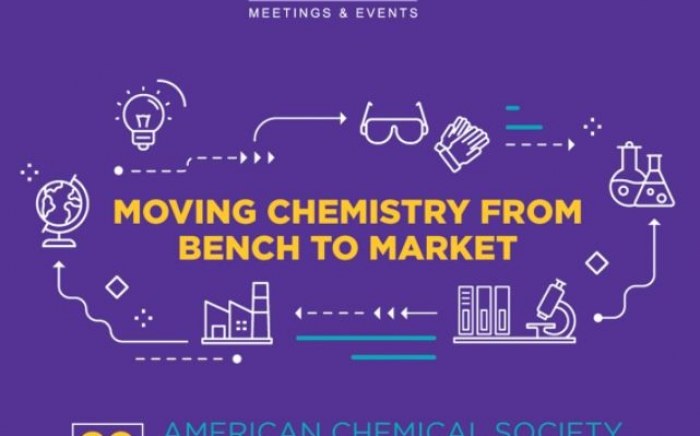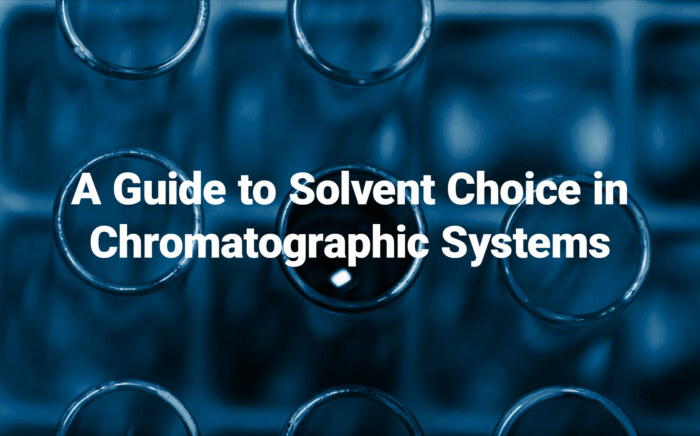Increasing separation efficiency by pH adjustment in Centrifugal Partition Chromatography
NewsChirality pertains to the characteristic of certain molecules that cannot be superimposed onto their mirror images, and chirality in chromatography refers to this characteristic in chromatographic separation. These molecules are known as “chiral” and are commonly described as “handed” due to their lack of symmetry, much like a glove.
Definition of Chirality
Chirality and chiral molecules play a significant role in various fields of chemistry, including pharmaceuticals, fragrances, and food additives. Their presence is pervasive in nature, and they have garnered considerable importance due to their unique properties. Notable examples of chiral molecules include the artificial sweetener aspartame and the widely-used pain medication ibuprofen.
One intriguing aspect of chiral molecules is their tendency to exhibit distinct physical and chemical properties based on their “handedness.” Enantiomers, which are mirror image isomers of chiral molecules, often possess differing melting points, boiling points, solubility characteristics, and biological activities. Consequently, it becomes possible to separate these enantiomers and study their properties individually.
Chiral chromatography emerges as a powerful technique employed to separate chiral molecules, capitalizing on their divergent physical and chemical properties. In the pharmaceutical industry, it finds extensive application in the purification of chiral drugs, ensuring the isolation of specific enantiomers. Similarly, the food and fragrance industries utilize chiral chromatography to purify chiral flavors and fragrances, thereby enhancing product quality and consistency.
Solutions for Chirality in Chromatography
To purify chiral molecules, various chromatographic methods are employed, each utilizing different principles:
- Gas chromatography (GC): This method separates chiral molecules based on their volatility and interaction with a stationary phase. The molecules are vaporized and passed through a column, where the chiral stationary phase interacts differently with each enantiomer, leading to their separation.
- Liquid chromatography (LC): In LC, chiral molecules are separated based on their affinity for a chiral stationary phase. The sample is dissolved in a liquid mobile phase and passed through a column containing the chiral stationary phase, which selectively retains or interacts differently with each enantiomer.
- Capillary electrophoresis (CE): CE separates chiral molecules based on their charge and affinity for a buffer. The sample is injected into a capillary filled with a buffer solution and subjected to an electric field. The chiral molecules migrate at different rates due to their charge and interaction with the chiral environment.
- Circular dichroism (CD): CD is a spectroscopic technique that exploits the differential absorption of left and right circularly polarized light by chiral molecules. By analyzing the CD spectra, it is possible to determine the chiral composition and distinguish between enantiomers.
In chiral chromatography, a mixture of chiral molecules is introduced to a column containing a chiral stationary phase. This stationary phase is typically composed of a chiral substance such as a sugar or amino acid chemically bonded to a solid support. As the sample passes through the column, the chiral molecules interact with the stationary phase in a manner determined by their handedness, resulting in their separation.
The separated enantiomers can then be collected and subjected to individual analysis of their properties. This is crucial because different enantiomers of a chiral molecule can exhibit distinct biological activities and potential variations in side effects.
While chiral chromatography is a powerful technique for purification, it poses challenges. Chiral stationary phases can be costly and complex to synthesize, and small variations in the mobile phase or column conditions can significantly affect the separation of chiral molecules. Careful optimization and understanding of the system are required to achieve successful and reliable chiral separations.
More Resources
Chirality and chirality in chromatography play vital roles in the field of chemistry, enabling the study and manipulation of chiral molecules that are prevalent in nature and possess significant applications. Understanding and harnessing the properties of chiral compounds are crucial for various industries.
RotaChrom has pioneered a groundbreaking method known as Industrial-Scale Centrifugal Partition Chromatography for preparative purification. Unlike conventional approaches that rely on solid stationary phases, RotaChrom’s technology employs a different mechanism to achieve precise molecular separation. The outcome is a system that surpasses traditional methods in terms of yield, purity, cost-effectiveness, and simplification of downstream method development for diverse purification tasks.
Our CPC technology finds broad applicability across multiple industries, including pharmaceuticals, food and beverage, natural extracts, cosmetics, and fragrances. RotaChrom’s CPC system exhibits remarkable adaptability, accommodating a wide range of substances, from small molecule active pharmaceutical ingredients (APIs) to macromolecules, and from hydrophobic lipids to fully hydrophilic peptides—all on a single instrument.
If you’re interested in witnessing real-life examples showcasing the practical utilization of CPC in achieving your purification goals, we invite you to explore RotaChrom’s extensive application library. It provides insights into how our technology can address specific purification challenges and cater to various industry requirements.



